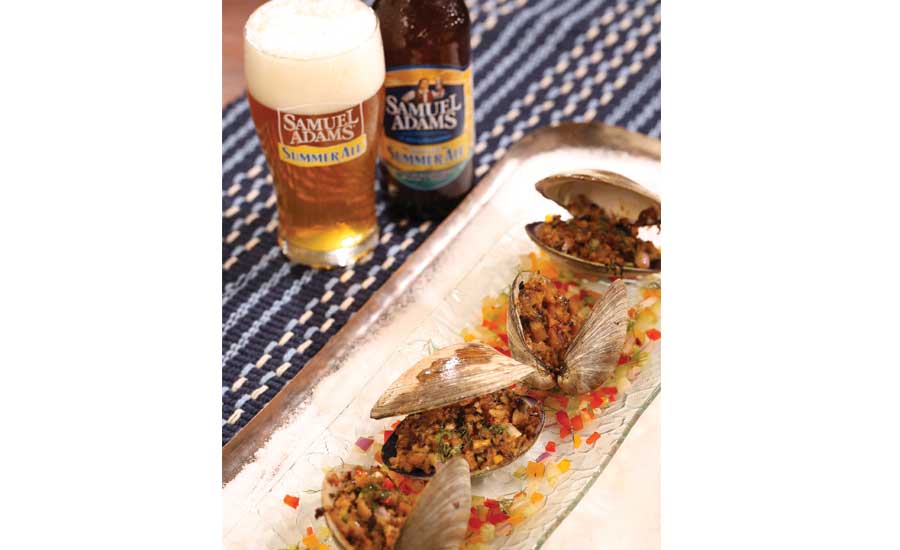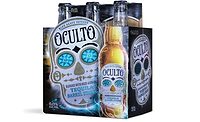Craft beer drives beer pairing on-premise
On-premise establishments benefit from beer pairing

As craft beer has become more popular, on-premise establishments are offering a wider variety of craft beers paired with dishes to elevate the dining experience, according to The Boston Beer Co.’s Jennifer Glanville. (Image courtesy of The Boston Beer Co.)
When it comes to food and beverage pairings, many often think of wine, but as beer sales continue to grow and craft beer gains an even firmer foundation, consumers have gained interest in matching their beers with food.
“Craft beer has helped beer reclaim its place on the dinner table,” says Julia Herz, craft beer program director at the Brewers Association (BA), Boulder, Colo., and an expert in beer and food menu pairings. Herz says that the movement to pair beer and food is more robust than ever, partially as a result of craft beers. “Some of the education and knowledge base to set a beer pairing menu has finally come to be, and it’s no longer just about wine,” she says.
The Culinary Institute of America, Hyde Park, N.Y., recently added a brewery and also hosted its first-ever Crafting Food and Beer Summit, a testament to the growing interest in beer and food pairings, Herz says. Additionally, the BA has begun to offer a plethora of resources on the topic, including its recently updated online craftbeer.com Professional Beer & Food course, which now is offered as a 70-page printed manual.
Herz notes that establishments that are adding beer on their menus are being rewarded by beer-loving consumers.
Jennifer Glanville, brewer and director of brewery programs at the Samuel Adams Boston Brewery, notes that Samuel Adams, a brand of The Boston Beer Co., Boston, closely works with its on-premise accounts to develop dishes to be made and paired with its beers.
“Because beers, like Boston Lager and Summer Ale, have complex flavor compounds, they are a versatile ingredient for any recipe or as a pairing,” Glanville says. “Over the years, as craft beer has increased in popularity, restaurants are offering a wider variety of craft beers and pairing them with many dishes to elevate the dining experience for their guests.”
Both Glanville and the BA’s Herz note the popularity of spicy foods, like classic Buffalo wings, paired with an IPA, but they add that beer is versatile. “People often pair steak with red wine, but I prefer to pair it with an amber lager, like Boston Lager, that has a strong malt backbone and subtle hoppiness,” Glanville says.
When it comes to food, beer picks up where wine left off, Herz said in a March post on the BA’s website. “Wine is a famous pairing because of its tannins and acidity. … However, put a beer on the table and it goes where no fermented grape has gone before,” she said in the post.
“Depending on the style, beer also has varying acidity and tannins from both malt and hops (and even wood, when used),” she continued. “It has unsurpassed flavor harmony potential with grilled, roasted and smoked proteins thanks to the flavors of kilned and roasted malt.”
Looking for a reprint of this article?
From high-res PDFs to custom plaques, order your copy today!





